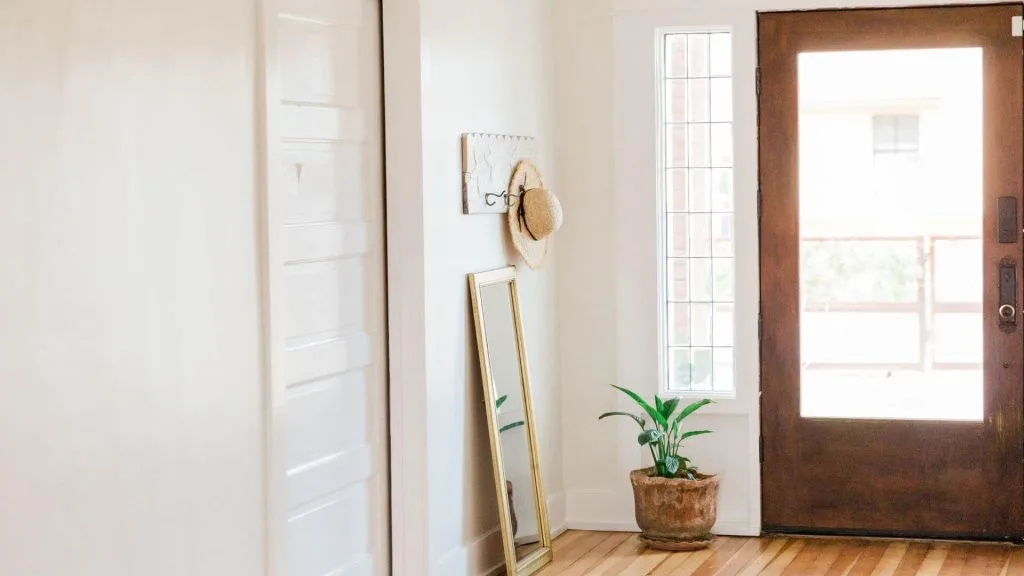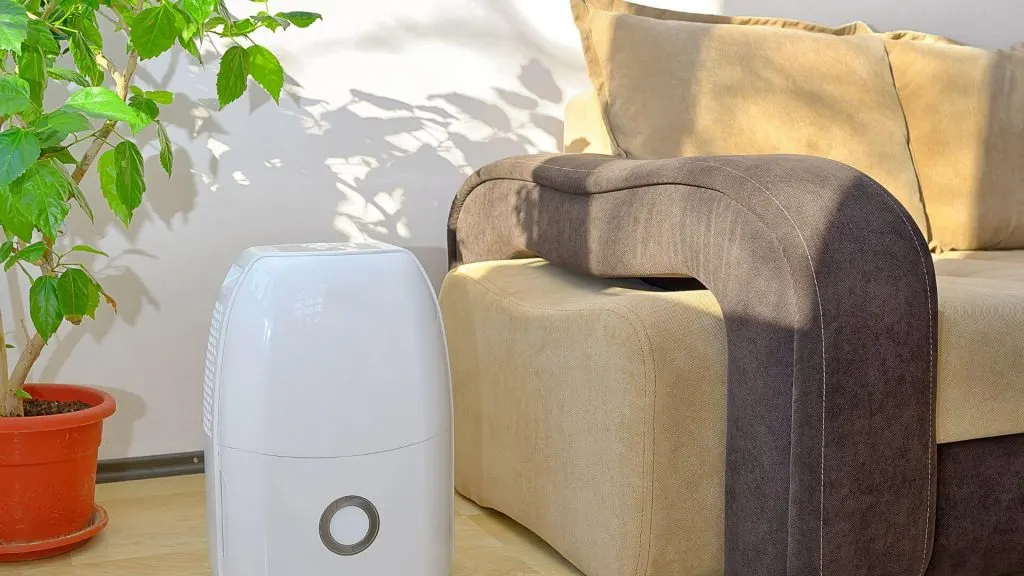Protecting your home from mold should be considered. Unfortunately, mold is a common issue for homeowners as it thrives in damp, warm environments and spreads quickly. Without proper preventive care, it can quickly become a major problem. To ensure your family’s comfort and well-being over time, it’s essential to take steps now to keep your home both clean and dry so that mold does not become a part of your life. In today’s post, we’ll explore essential tips to keep your home hazard-free. We’ll also discuss effective ways to deal with outbreaks if they occur.

1. Identify Potential Sources of Mold Growth
Mold growth can cause serious health problems and damage to your home. Regularly inspect areas prone to dampness or water collection, such as basements, attics, kitchens, and bathrooms, as these can become breeding grounds for mold spores. Check for leaking pipes and faucets since even a small leak can provide enough moisture for mold to thrive.
Also, pay attention to smells. If you detect a musty odor, it could be a sign of mold growth in hidden areas, such as behind walls or under carpets. You may ask, What Does Mold Smell Like, and how can I identify it? Mold typically has a musty, earthy smell, distinct from other household odors. If you suspect mold growth, call a professional to conduct a thorough inspection and address the issue before it becomes a bigger problem.
2. Understand How Mold Grows
Understanding how mold grows is the first step toward prevention. Mold reproduces through tiny, lightweight spores that travel through the air. These spores thrive in damp conditions and begin to grow when they land on moist surfaces. This growth is widespread in areas with high humidity or where water has accumulated from leaks or flooding.
Common household materials such as wood, paper, carpet, and foods can support mold growth. It’s also important to note that mold can grow year-round, with growth speeding up in warm, damp conditions. By understanding these growth conditions, you can control the humidity levels and water accumulation in your home, thus preventing a potential mold invasion.
3. Invest in a Dehumidifier or Air Conditioner
Both these appliances work by controlling the humidity levels within your house, creating conditions that are unfavorable for mold growth. A dehumidifier pulls in air from your room, removes the moisture, and then blows it back into the room, effectively reducing the humidity level. An air conditioner not only cools the air but also removes moisture, providing a dual benefit.

However, remember to regularly maintain these appliances to ensure their effective operation, as they can potentially become a source of mold growth if not properly cleaned and dried. Hence, managing the humidity levels using a dehumidifier or an air conditioner forms a fundamental part of your strategy to keep your home mold-free.
4. Take Preventive Measures
Keeping your home moisture-free is key to maintaining a healthy environment. Start by ensuring good air circulation in your home by regularly opening your windows and using fans, particularly in damp areas like bathrooms and kitchens. Always dry wet areas immediately, including spills on carpets and leaks around windows or pipes.
Regular cleaning, particularly in damp areas, will also help prevent mold growth. Use mold-resistant products, such as certain types of paint or moisture-resistant drywall, particularly in damp areas. Finally, consider seeking professional assistance for a thorough mold inspection if you live in an older home or have experienced flooding or water damage.
5. Address Mold Outbreaks Promptly
Despite taking all necessary precautions, there is still a chance that mold can invade your home. If you discover mold growth, it’s essential to address it promptly to prevent further damage and health risks. There are various DIY techniques for removing small mold patches, such as vinegar or bleach solutions. However, if the mold covers a large area or if you have health concerns, it’s best to seek professional help. A professional mold remediation service can not only effectively remove the mold but also identify and address any underlying issues that may have caused the outbreak.
Following up on the process after some time to make sure the issue isn’t returning is just as important as the initial cleanup. Be sure to conduct a post remediation verification (PRV) inspection that confirms the mold has been fully eliminated and the area is safe for reoccupation. This step ensures the remediation was successful and prevents future complications. Skipping it could lead to recurring problems that are more costly and hazardous over time.
6. Perform Regular Inspections
Your home is one of the most significant investments you’ll make. To protect it, regular maintenance and inspections are crucial. Check high-risk areas like kitchens, bathrooms, basements, and attics for signs of excess moisture, such as condensation on windows, water stains on walls, or a musty smell indicating hidden mold.
Remember to check less obvious areas, such as behind appliances, under carpets, and within cupboards. Regular inspections allow for early detection and prompt remediation, preventing small mold issues from escalating into bigger, more damaging problems. Record your findings during each inspection to track any changes or recurring issues.
Mold is a common household issue that can cause severe problems if not addressed promptly. To safeguard your home and family, it’s crucial to grasp mold growth, use dehumidifiers or air conditioners, spot potential sources of mold, take preventive measures, address outbreaks promptly, and regularly inspect for moisture or mold signs. By following these tips, you can ensure that your home remains a healthy and mold-free environment for years to come.

Jessi is the creative mind behind The Coffee Mom, a popular blog that combines parenting advice, travel tips, and a love for all things Disney. As a trusted Disney influencer and passionate storyteller, Jessi’s authentic insights and relatable content resonate with readers worldwide.

Mold Remediation: Should You Call a Pro? — The Coffee Mom
Thursday 9th of November 2023
[…] first thing you need to do is determine the extent of your mold problem. This will help you decide whether you can handle the job yourself or if you need to call in a […]